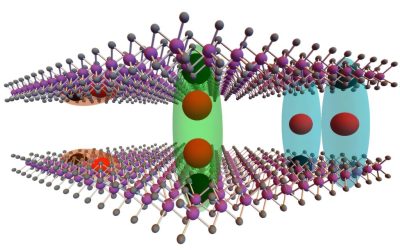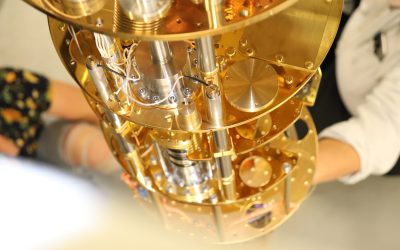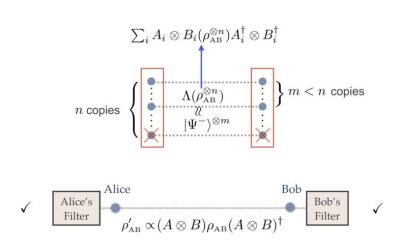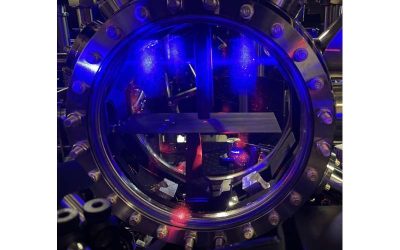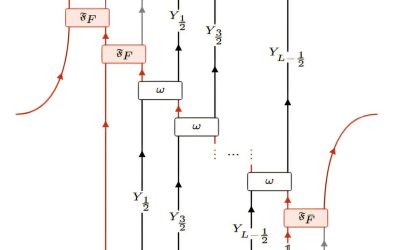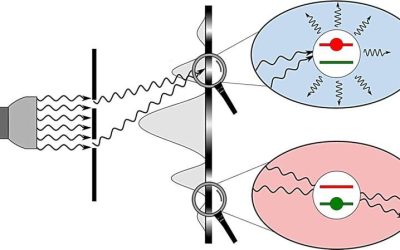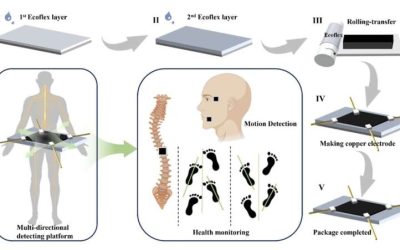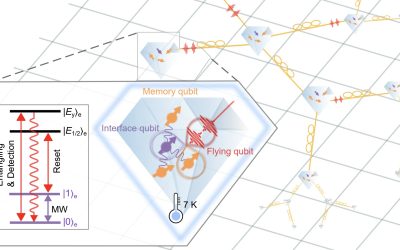When two-dimensional electron systems are subjected to magnetic fields at low temperatures, they can exhibit interesting states of matter, such as fractional quantum Hall liquids. These are exotic states of matter characterized by fractionalized excitations and the...
Physics
Two distinct exciton states observed in 2H stacked bilayer molybdenum diselenide
Two-dimensional (2D) materials have proved to be a promising platform for studying exotic quasiparticles, such as excitons. Excitons are bound states that emerge when an electron in a material absorbs energy and rises to a higher energy level, leaving a hole (i.e.,...
Results of the HAYSTAC Phase II search for dark matter axions
Axions, hypothetical subatomic particles that were first proposed by theoretical physicists in the late 1970s, remain among the most promising dark matter candidates. Physics theories suggest that the interactions between these particles and regular matter are...
Results of the first search for dark photons using a MADMAX prototype
While many research groups worldwide have been searching for dark matter over the past decades, detecting it has so far proved very challenging, thus very little is known about its possible composition and physical properties. Two promising dark matter candidates...
A scalable approach to distill quantum features from higher-dimensional entanglement
The operation of quantum technologies relies on the reliable realization and control of quantum states, particularly entanglement. In the context of quantum physics, entanglement entails a connection between particles, whereby measuring one determines the result of...
Hours-long continuous lasing achieved using laser-cooled strontium atoms
Laser-cooled atomic gases, gases of atoms chilled to temperatures around absolute zero using laser technologies, have proved to be versatile physical platforms to study and control quantum phenomena. When these atomic gases interact with light inside an optical cavity...
Study shows that duality operators can be realized as unitary linear-depth quantum circuits
In the context of quantum physics, the term "duality" refers to transformations that link apparently distinct physical theories, often unveiling hidden symmetries. Some recent studies have been aimed at understanding and implementing duality transformations, as this...
New quantum optics theory proposes that classical interference arises from bright and dark states of light
Classical physics theories suggest that when two or more electromagnetic waves interfere destructively (i.e., with their electric fields canceling each other out), they cannot interact with matter. In contrast, quantum mechanics theory suggests that light particles...
Carbon nanotube-based strain sensor can detects deformations in multiple directions
Over the past decades, electronics engineers developed increasingly small, flexible and sophisticated sensors that can pick up a wide range of signals, ranging from human motions to heartrate and other biological signals. These sensors have in turn enabled the...
Researchers attain coherent control of a hybrid quantum network node
Quantum technologies, which operate leveraging quantum mechanical phenomena, have the potential to outperform their classical counterparts in some optimization and computational tasks. These technologies include so-called quantum networks, systems designed to transmit...


